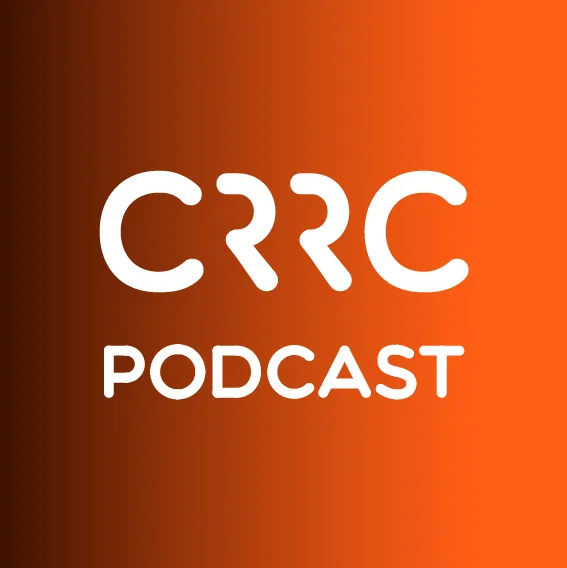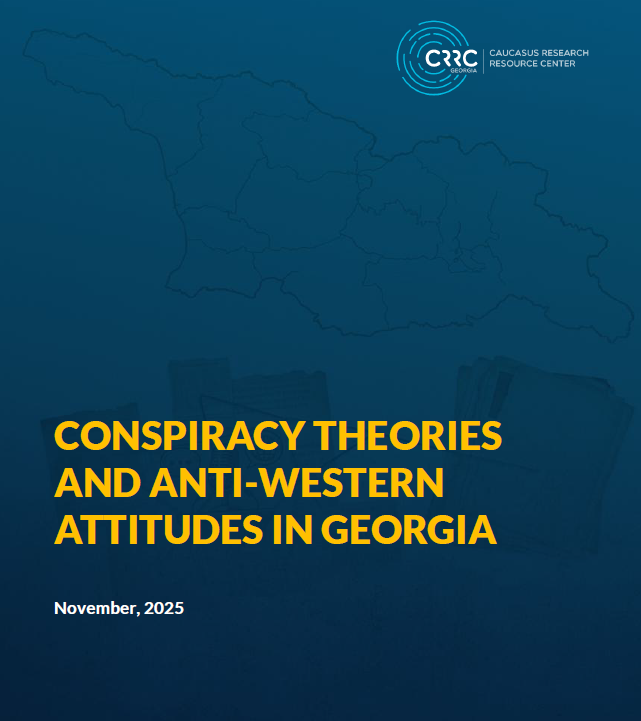In a recent datablog, the Guardian published a map visualizing how the former Soviet countries are doing 20 years after the fall of the Soviet Union. The map compares the 15 former Soviet countries in terms of economic development, demographics and democratic transition. It also divides the countries into five regions: Russia, the Baltic countries, the EU borderlands, Central Asia and the South Caucasus. While the countries in the EU borderland region (Belarus, Moldova and Ukraine) are depicted as going in very different directions, the other four regions are presented as fairly homogenous. This blog will focus only on the South Caucasus region. Is it really a homogenous region as depicted? Survey data from the 2010 Caucasus Barometer (CB) shows that there are striking similarities and differences in the region. This blog will show this by using some questions on gender issues and the perception of the greatest threat to the world in Armenia, Azerbaijan and Georgia as examples.
The Guardian’s datablog compares the performance of the former Soviet countries by making use of statistics from various sources. The result is a map that divides the countries into five geographic regions consisting of countries sharing a specific path of development. The Baltic republics turned west and “never looked back”, Central Asia remains “nostalgic”, and Russia and the Caucasus have “mixed fortunes”. Only Belarus, Moldova, and Ukraine – termed the EU borderlands – develop in different directions, according to the datablog.
The perspective is, of course, a rather general one. However, there are differences with regard to the three countries of the South Caucasus. Georgia is slightly more Western oriented. Azerbaijan also stands out in other respects with population and economic growth since 2000. Nevertheless, in comparison to the other four regions, the Caucasian countries seem to be fairly close to each other in many respects. Live expectancy has risen sharply and infant mortality rates have improved. Furthermore, Armenia and Georgia show a very similar development with respect to GDP per capita.
Source: The Guardian Datablog, 17 August 2011, “End of the USSR: visualising how the former Soviet countries are doing, 20 years on” http://www.guardian.co.uk/news/datablog/2011/aug/17/ussr-soviet-countries-data
Does this picture of a homogenous region persist when we look at the values and perceptions of citizens in the South Caucasus? The 2010 CB shows a mixed picture. For example, a vast majority of citizens in all countries agree that a man should normally be the major breadwinner in a family (83% of Georgians, 84% of Azerbaijanis and 85% of Armenians). The perception that women and man equally share the responsibility for earning the income of a household is supported by 14% of people in Georgia and Armenia and 16% in Azerbaijan. There is also overwhelming disapproval for a woman being the major breadwinner of a family – only 2% of Georgians, 1% of Armenians and 0% of Azerbaijanis support this idea (see below).
While people in the South Caucasus largely agree on the question of who should normally be the major breadwinner, there are considerable differences in perceptions of who the actual breadwinner in the majority of their country’s families is. In Azerbaijan and Armenia, 75% and 65% of people, respectively say that the man is the actual breadwinner. Only 6% and 17%, respectively say a woman. The situation in Georgia, however, seems to be very different. 39% of Georgians believe a woman is the actual breadwinner in the majority of Georgian families. This is followed by 36% who say a man is the breadwinner and 20% who think there is an equally shared responsibility among women and men.
Armenians, Azerbaijanis and Georgians also show significant differences in the way they perceive the growing gap between the rich and the poor. In the 2010 CB, they were asked to choose the greatest threat to the world on a list of five dangers. The spread of nuclear weapons was the greatest threat for a plurality of respondents in all three countries. However, in Armenia and Azerbaijan the growing gap between the rich and the poor ranks second with 25% and 21% respectively, while this was the least important of the five dangers to Georgians (7%).
These are only a few examples of similarities and differences among the countries of the South Caucasus. Further similarities (mostly on moral issues) and differences (e.g. western orientation or language preferences) can be examined using our Online Data Analysis tool (ODA).
What similarities and differences do you find most interesting?








